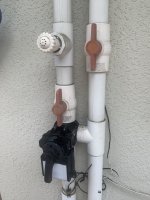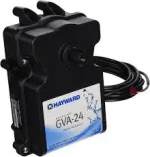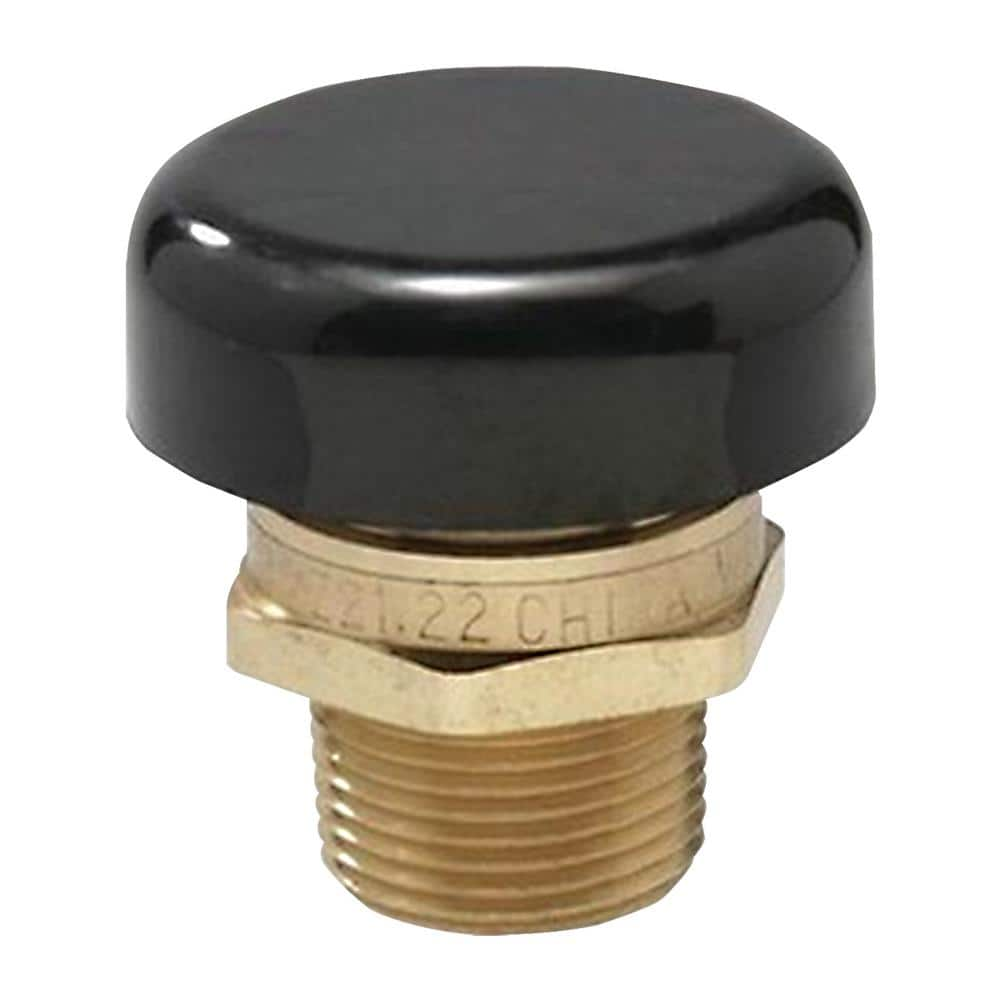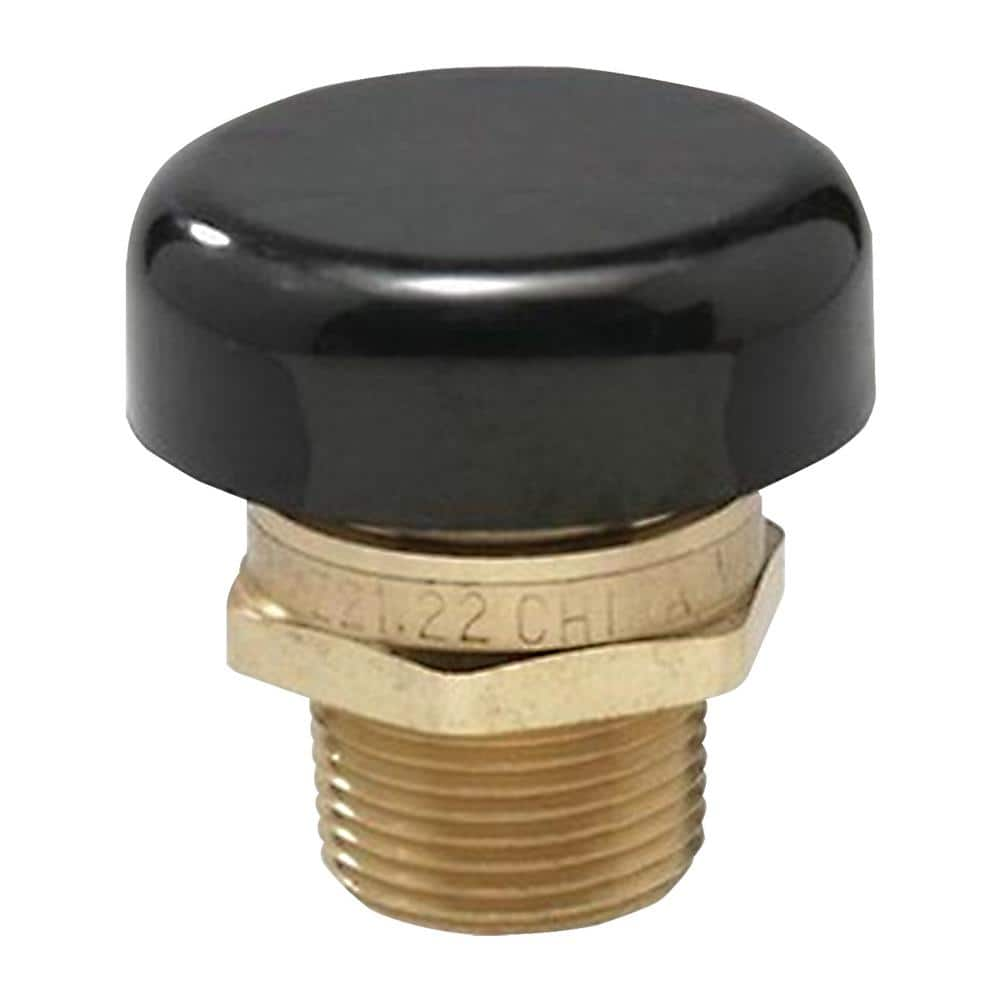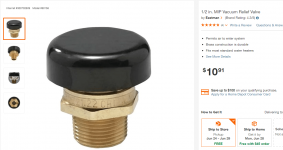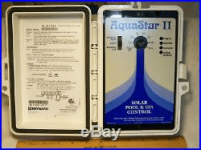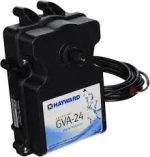Hey guy,
I have solar panels with an automated switch. I notice that when my solar is OFF, I get a leak from the vacuum relief valve. Slow drip.
What is interesting is it changes based on RPMs from the pump. When priming and running high RPM, no leak. Once it is done priming and runs down to 1500-2000RPM, I get the slow drip. Also immediately after the prime, I hear a large flush of water from the solar panels, even though the solar is “off”?
Should I look to replace this vacuum relief valve? Are there any videos out there? Not sure what to do with it or how to take it apart to inspect.
I have solar panels with an automated switch. I notice that when my solar is OFF, I get a leak from the vacuum relief valve. Slow drip.
What is interesting is it changes based on RPMs from the pump. When priming and running high RPM, no leak. Once it is done priming and runs down to 1500-2000RPM, I get the slow drip. Also immediately after the prime, I hear a large flush of water from the solar panels, even though the solar is “off”?
Should I look to replace this vacuum relief valve? Are there any videos out there? Not sure what to do with it or how to take it apart to inspect.


